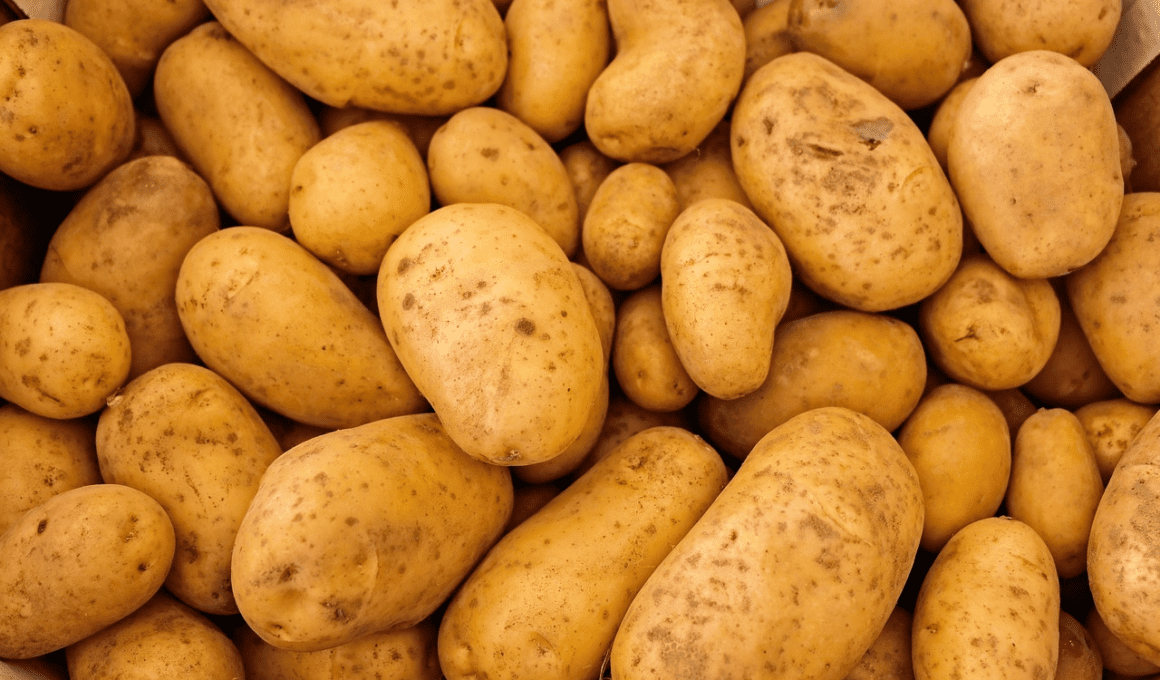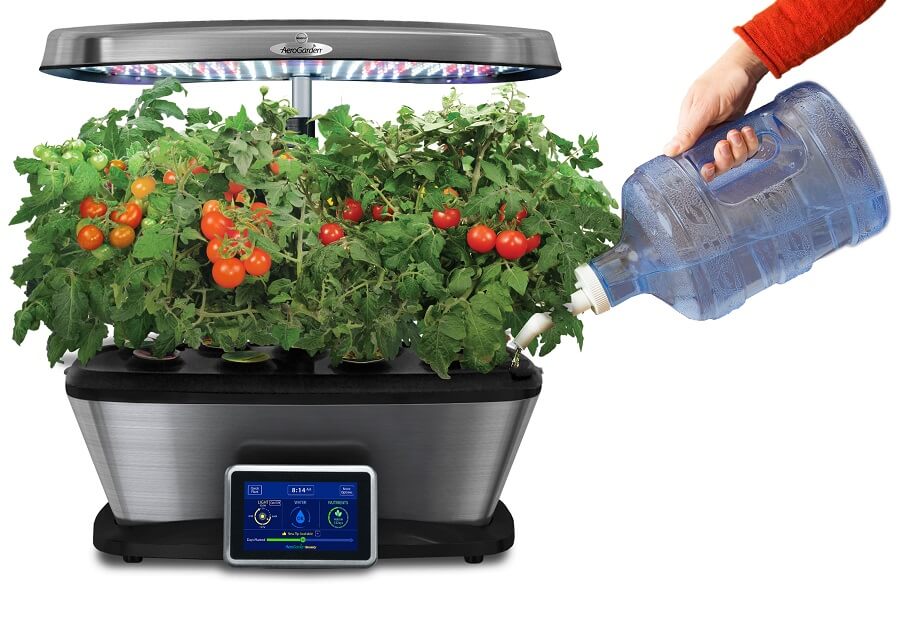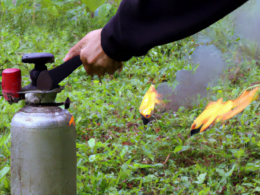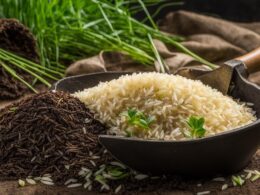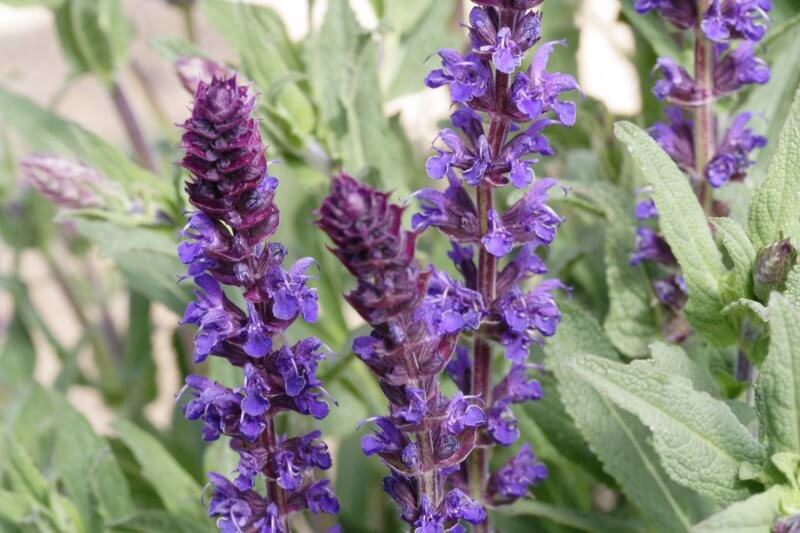Quick Takeaways
- Knowing the signs of maturity is crucial for a successful potato harvest
- Proper curing and storage can prevent rot and extend the shelf life of homegrown potatoes
- Variety and climate impact the timing of potato maturity and should be taken into consideration when planning a harvest
- Washing potatoes before cooking is important for food safety.
What is the Best Time to Harvest Potatoes?
Determining the timing for planting potatoes is crucial in achieving a bountiful harvest. The best time to harvest potatoes depends on various factors like the variety, soil conditions, and climate. Generally, harvesting can begin when the potato plant’s foliage turns yellow and begins to die back. It is advisable to dig up a few test potatoes to assess their size and maturity before commencing the full harvest. Adequate timing ensures the potatoes have reached their optimum size and are ready for storage or culinary use.
Potato Maturity and Signs
You’ll want to keep an eye out for signs of potato maturity, like flowers, soil bulges, and wilting foliage, to determine when it’s time to start digging. Depending on the variety and weather, potatoes may mature at different times. Early, mid, and late-season potatoes all have their own schedules. If you’re not sure whether your potatoes are ready, you can dig up a test plant to check for tuber growth. Remember that excessive rain can cause Blackheart, while drought can slow development. Leaving potatoes in the ground too long can cause sprouting, and risks pests and diseases. But if you time it right, you’ll have a bountiful harvest of fresh, safe-to-eat potatoes to enjoy!Curing and Storage
To ensure long-term storage, it is important to properly cure and store your freshly harvested potatoes. Curing potatoes involves letting them sit in a cool, dark, and well-ventilated area for about 10-14 days. This allows the skins to toughen up and any minor injuries to heal, which helps prevent rot and decay during storage. After curing, it’s important to store the potatoes in a cool and dark place, ideally between 45-50°F with humidity levels between 85-95%. To help you better understand the ideal storage conditions for your potatoes, check out the table below:| Temperature Range | Humidity Level | Storage Duration |
|---|---|---|
| 45-50°F | 85-95% | Several months |
| 50-55°F | 85-90% | 1-2 months |
| Above 60°F | Less than 80% | 1-2 weeks |





